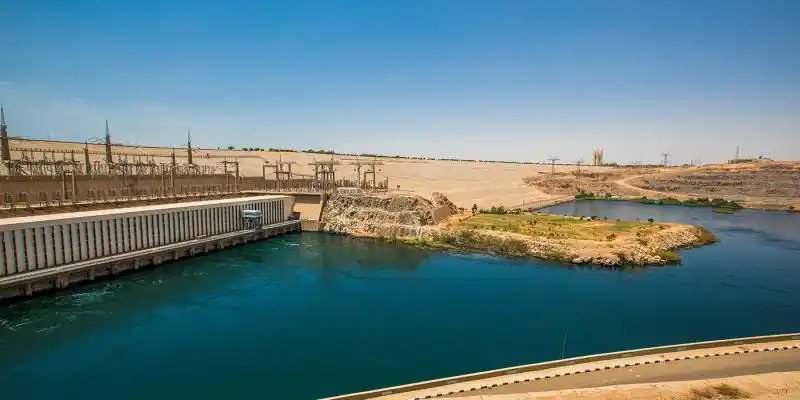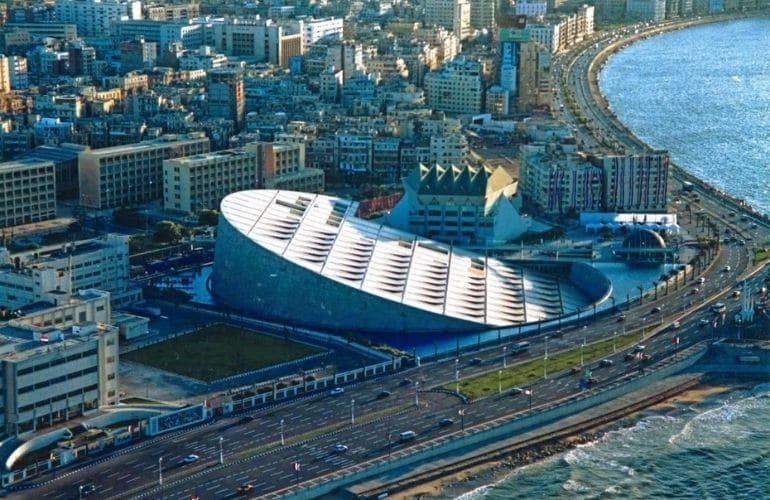The Aswan High Dam stands as a clear landmark for Egypt’s ambition and ingenuity and one of aswan attractions. Being completed in 1970, this colossal structure has altered the flow of the River Nile and almost figured in the processes of Egyptian agriculture, industry, and social structure. This guide will be exhaustive on the facts about the construction of the Aswan High Dam, its plurality of effects, and the changes it brought about that remain relevant today.
Construction of the Aswan High Dam: A Dream Realized
The Dawn of the Project
The idea of damming the Nile River had been conceived in the 19th century, but the actual phase of planning did not begin until the mid-20th century. From the time of the revolution in 1952, it was almost immediately an obsession with Nasser to build the dam so as to control flooding of the Nile, improve agriculture, and harness hydroelectric power. Construction began in 1960 with financial and technical support from the Soviet Union.
Construction Challenges and Achievements
The construction of the High Dam was a first-of-a-kind engineering exercise. More than 57 million cubic yards of earth and rock were excavated; the dam essentially having a weight 16 times that of the Great Pyramid of Giza. The problems met in the construction included the relocation of entire communities as well as saving ancient monuments which bore threat from the rising waters of Lake Nasser. However, by 1970 the dam was completed and was formally inaugurated in 1971.
Figures and Facts of Aswan High Dam:
Height: 111 m (364 ft)
Length: 3,830 m (12,562 ft)
Base Width: 980 m (3,215 ft)
Reservoir Capacity: 169 billion m³ (5.97 trillion ft³)
Annual Power Generation: 10 billion kWh, approximately
Turbine Capacity: 12 turbines, 175 MW each
Reservoir: Lake Nasser, 550 km (342 miles) Long
Such figures clearly indicate the enormous magnitude of the dam and its importance as a component of Egypt’s infrastructure.
The transformation of Agriculture and Irrigation
Sustained Agricultural Productivity
Before the dam was built, the annual flooding of the Nile was Egypt’s way of providing irrigation to its farmlands. These floods at times were too unpredictable for stable agricultural output to be ensured. The High Dam, in its flow regulation, has allowed for irrigation all year round, the reclamation of over 840,000 hectares of desert land, and the transformation of flood-irrigated lands into lands subjected to permanent irrigation. This transformation and construction had tremendously increased their yield outputs of crops including wheat, rice, and sugarcane.
Fertilization Concerns
The annual floods in the Nile used to come with silt that contained most nutrients needed by the land to be fertile. With the construction of the dam, this fertilization went away. To compensate for it, Egypt now annually applies approximately 1 million tons of artificial fertilizers, which is still way below what that Nile used to offer, about 40 million tons of silt per year.
Power to Egypt: Hydroelectric Energy
Renewable Energy Source
There are 12 turbines in the hydroelectric power station at Aswan High Dam, each with a capacity rating of 175 MW, giving it a total generating capacity of 2100 MW. It ranked as the largest power station in Africa and the sixth-largest in the world on completion. This abundant energy production helps Egypt meet its burgeoning electricity requirements and supports industrial development.
Rural Electrification
Electricity was never accessible to the majority of rural areas in Egypt before the dam. The power produced has supported the electrification of a large number of villages, which in turn enhances the quality of life and economic development of areas that were previously unserved.
Navigational and Economic Benefits
Improvement to Navigation
With the regulation of the Nile’s flow, the navigability has been improved, which has allowed for the safe transportation of goods and people along the river at consistent intervals. This improvement in trade and commerce has aided Egypt in economic development.
Economic Rewards
With the dam’s ability to control floods and provide viable irrigation and electricity, agricultural production has improved, industrial capacity enhanced, and job opportunities created. The combined effect of which has substantially uplifted Egypt economically.
Cultural and Social Implications
Displacement of People
The formation of Lake Nasser had already displaced over 100,000 people, including Egyptian and Sudanese Nubians. Many of these Nubians were resettled in New Nubia, Egypt, while others were moved to New Wadi Halfa in Sudan. The intent behind these resettlements was to keep them housed and give them a prospect for working the land, though this was by no means straightforward.
Saving the Monuments
A number of ancient monuments threatened by the rise of Lake Nasser waters were translocated to safer grounds. Paramount among such works is that undertaken at the temples of Abu Simbel, where the entire structures were dismantled and reconstructed on higher ground, the famous feat wrought through an outstanding collaboration of engineering and international cooperation in rescue archaeology.
Nowadays: A Tourist Attraction
The Aswan High Dam is thus really famous among tourists as its engineering spectacles and historical aspects are worthy of consideration. which is one of the best things to do in aswan and best places to visit in aswan, book your best egypt tours to aswan high dam now with Step To Egypt.




